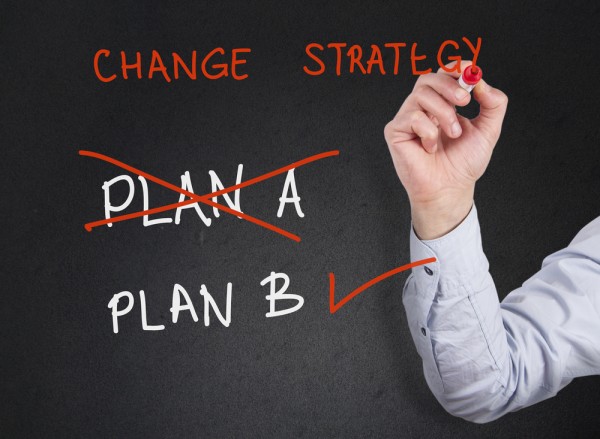From idea to product: A roadmap for the journey

How do you take an idea and turn it into a successful product? It’s easier said than done. Having a great idea is just one small step. The "productizing" of that idea requires many more steps to execute. According to the laws of market failure, most new products will fail even if they are competently executed. Good ideas typically fail because they can’t cross the barrier between innovation and production.
Bringing an idea to fruition and then getting it to market is a significant undertaking with many challenges and potential pitfalls along the way. And that’s to say nothing of the competition you will encounter, but there are some basic steps to take that will help position you for success.
Crystallizing the problem being solved
Some people start with the solution first and then try to retrofit it to the problem. This tends to be ineffective and can lead to more complications. In other words, the solution can wind up becoming the problem.
To avoid this, the first step in the journey from idea to product must be to understand the problem fully, critically and clearly,and define that problem independent of the solution. Then, you need to determine how that problem needs to be solved.
The critical thing is to keep this process based in real-world issues and not overly theoretical.
You don’t want it to be a "toy problem being solved by a toy solution." In other words, you have to think about the problem and its solution in terms of the real-life situation and what it would look like in practice. This includes thinking about which stakeholders are contributing or may contribute to the problem, and which stakeholders will benefit from the solution.
Don’t underestimate the importance of gut feelings. This kind of intuition is borne of expertise and the willingness to try new approaches; it’s what leads people to create new products and services that solve problems in the first place. This gut feeling is indispensable to the process of creating. Trust your gut as you iterate solution possibilities.
The transition from idea to product
It’s important to keep in mind that there’s no silver bullet; innovation will happen as a series of iterations. At this stage, you have to define your MVP -- minimum viable product. If you don’t do that, there’s the possibility of wandering about aimlessly with nothing to show for it. Rather than waiting until you’ve got everything absolutely perfect, keep iterating until you’ve reached that MVP that you have defined upfront as a possible solution to the problem.
Recognize that doing everything in-house (DIY) may not always be the most effective or efficient process. There are many options available, and it makes sense to explore them. There are plenty of technology partners who can work with you to bring your idea to full fruition, and it is often better to leverage these opportunities than get stuck in the rut of trying to do everything on your own.
Key steps for success
Once you’ve got the problem figured out, there are three stages to follow to take your product from idea to market:
1. Message testing and formalizing processes: The gut feeling that’s so essential in the beginning of this process is an inside-out perspective. Now, it’s key to take an outside-in look. This is where you start doing message testing and formalizing processes like product management. Otherwise, you may find out too late that it doesn’t make sense to anyone else.
2. Value measurement: Paying attention to customer journeys starts becoming very important at this point. This will be essential for determining how effective the solution is and how it brings value to the customer. If you can’t measure how effective a solution is, that makes it extremely difficult to articulate your product’s value prop to the customer, let alone measure up to it.
At this stage, the intellectual property (IP) focus is also important, because carefully analyzing and establishing the freedom to operate in the given space is important to ensure you’re not infringing on someone else’s space.
3. Scaling: This is what can happen when everything else has been formalized: roadmaps are formalized, teams are collaborating, and effectiveness and value are being measured. From here it’s time to scale and start identifying possibilities for strategic partnerships, sales channels and more.
A logical progression
There’s no silver bullet or magic answer for taking any idea from the inception stage to the finished product. Sometimes a product will fail even if you’ve done all the right things, but you can reduce that risk by keeping certain key points in mind. Don’t come up with a solution and then go in search of a problem; that kind of backwards thinking can end up creating a bigger problem. Instead, look at a significant real-world problem that people want solved and then begin to iterate until you arrive at a minimum viable product. Work with experienced technology partners so you don’t have to DIY every aspect. Then follow the three stages noted above to give your product the best chance of succeeding.
Photo Credit:Eray KULA/Shutterstock
Rahul Kelkar is Head of Product Management, Digitate